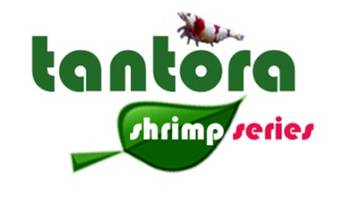 I love the Tantora shrimp series, so I’ve decided to review the range of dried leaves. Having several benefits, no drawbacks, and cheaper than competitors, it’s no wonder you can find them on the websites of all the best shrimp retailers in the UK.
I love the Tantora shrimp series, so I’ve decided to review the range of dried leaves. Having several benefits, no drawbacks, and cheaper than competitors, it’s no wonder you can find them on the websites of all the best shrimp retailers in the UK.
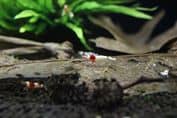
So….what are the benefits?
The range of leaves have both anti-fungal and antibacterial properties, as well as promoting the growth of bio-film for grazing (a complex mix of good bacteria, proteins and vitamins, important in helping build shrimps’ immune systems, sometimes seen as a faint white slime film). They provide natural food for shrimps as the leaves break down in the water, which get eaten right down to the veins of the leaves (different leaves break down at different rates, so providing a mix of leaves ensures a constant supply of food, without concern of overfeeding, as the Tantora shrimp series leaves are 100% organic, and pollutant free, therefore not polluting the water). The leaves also contain humic acids and tannins which promote good health and colour, stimulate breeding, reduce stress and aid in the moulting process.
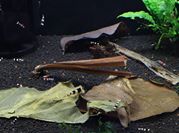
Why dried leaves?
It is best to use leaves that have naturally fallen from a tree, as the leaves will be depleted of sugars, sap chlorophyll etc. and therefore will not deplete in the aquarium and foul the water. It is also worth mentioning that the beneficial properties of leaf litter come from the tannins and humic acids that are naturally present in dead leaves.
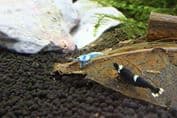
Now you know a bit about the leaves in general, here is each leaf in the range, and what benefits each leaf possesses….
Indian Almond (Catappa):
- creates a natural water environment
- enhances shrimps natural colour
- provides biofilm grazing and natural cover
- aids the shedding process , helping reduce mortality rate during this stage
- contains acids and tannins which have anti-bacterial and anti-fungal properties, preventing bacteria and diseases
- stimulates breeding
- relieves stress
- mildly reduces PH.
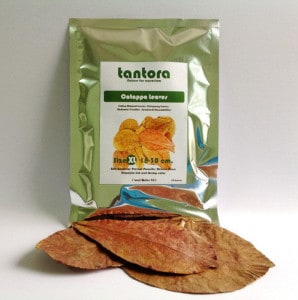 Indian almond leaves have been used in home remedies as well as in aquariums. They are used to treat a variety of ailments in a number of countries around the world, including scabies and leprosy in India, internal parasites in the Philippines and colic in South America, so they are widely recognized as possessing excellent medical properties.
Indian almond leaves have been used in home remedies as well as in aquariums. They are used to treat a variety of ailments in a number of countries around the world, including scabies and leprosy in India, internal parasites in the Philippines and colic in South America, so they are widely recognized as possessing excellent medical properties.
Banana:
- reduces the risk of bacterial and fungal outbreaks
- provides great natural cover
- provides biofilm grazing
- stimulates breeding
- relieves stress
- mildly reduces PH.
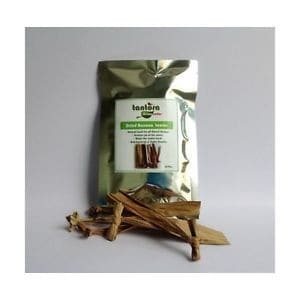 Banana leaves have been used by tropical fish breeders in Asia to great effect for many years. However, they have only more recently become popular for aquatic use in Europe and the UK. Banana leaves take longer to break down than almond leaves, so when used together they help provide a constant food source for shrimp to graze on.
Banana leaves have been used by tropical fish breeders in Asia to great effect for many years. However, they have only more recently become popular for aquatic use in Europe and the UK. Banana leaves take longer to break down than almond leaves, so when used together they help provide a constant food source for shrimp to graze on.
Mulberry:
- an excellent source of natural food for shrimp
- high in carbohydrate, fibre, vitamins and minerals
- helps to maintain shrimp exoskeleton
- aids the moulting process.
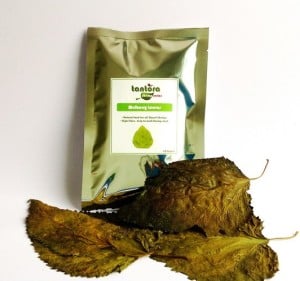 Mulberry leaves are fed as part of a varied diet. They soften quickly and will be devoured within a couple of days. These leaves do not leach tannins or humic acids: they are purely a natural food source rather than a water conditioning leaf.
Mulberry leaves are fed as part of a varied diet. They soften quickly and will be devoured within a couple of days. These leaves do not leach tannins or humic acids: they are purely a natural food source rather than a water conditioning leaf.
Guava:
- have anti-bacterial properties
- help to prevent diseases such as vibro and luminus bacteria
- a good source of food for shrimp.
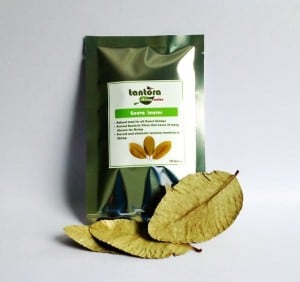 Guava leaves soften much more slowly than other dried leaves and do not break down as quickly, therefore these leaves will not require replacing/removing as frequently.
Guava leaves soften much more slowly than other dried leaves and do not break down as quickly, therefore these leaves will not require replacing/removing as frequently.
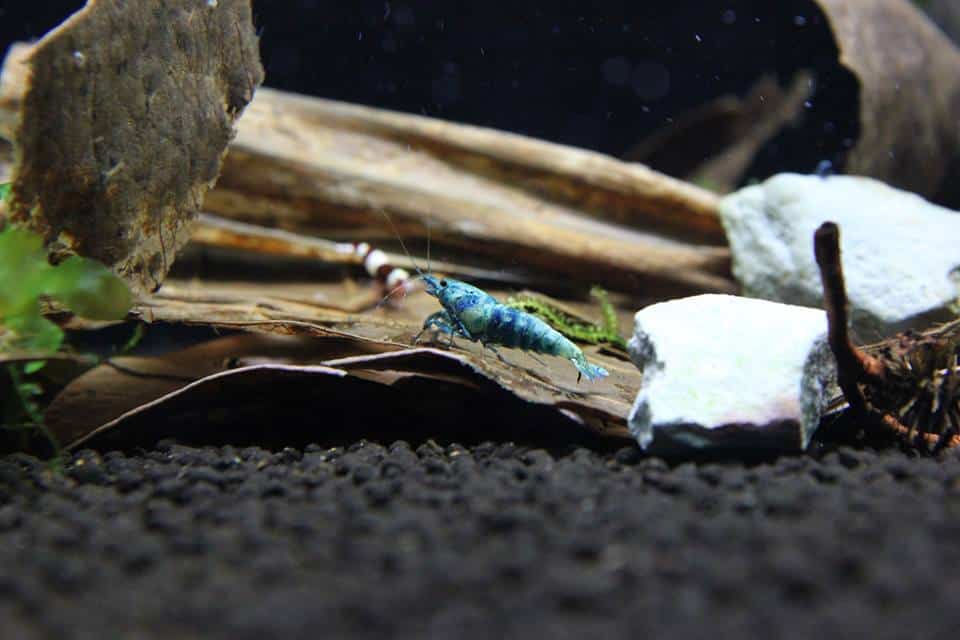
In conclusion, I would recommend Tantora dried leaves for all freshwater shrimp tanks. There is always a place in my shrimp tanks for the range, and I can’t see that changing any time soon!
Many thanks to Julie & Mike Lightfoot for the photo’s in this article.


Related Posts
Tetra Tetramin Tropical Flake Fish Food Review
Tetra Pro Colour Tropical Fish Flake Food Review
Aquarian Tropical Flake Fish Food Review